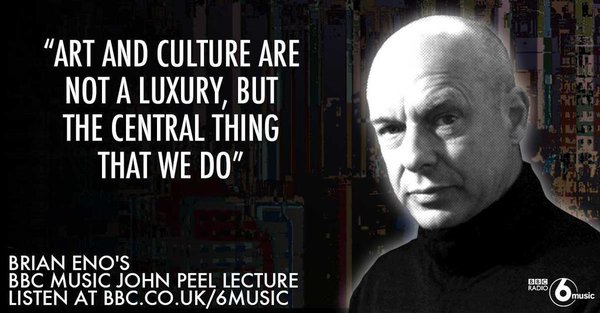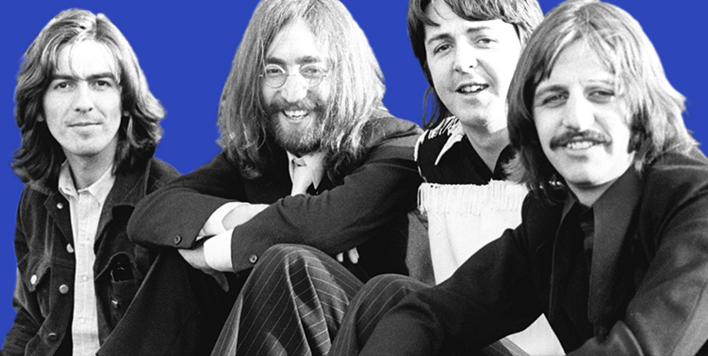Last summer, we highlighted an almost unbelievably rich resource for music fans: the Music Vault, a Youtube archive of 22,000 live concert videos from a range of artists, spanning about four decades into the present. In a time of soaring ticket prices, the Music Vault allows us to catch a show at home for free, and to see bands we missed in their heyday perform on stages around the world. Last summer, I wrote, “enjoy revisiting the glory days and rest assured, they aren’t going away anytime soon.” But I spoke too soon, as many Music Vault videos (there were only 13,000 then) began disappearing, along with the nostalgia and hip currency they offered. Well, now they’re back up and running, and let’s hope it’s for good.
Unsurprisingly—given its association with Wolfgang’s Vault, a restoration and archive project that began with the collection of legendary concert promoter Bill Graham—the Music Vault’s storehouse includes perhaps more Grateful Dead material than anything else, like the nearly six hour Winterland concert above from 1978. Check out the intro interview with now Senator, then comedian Al Franken, doing some political humor for radio station KSAN. (And see Franken do another Dead intro skit in 1980 at Radio City Music Hall here.) There’s so much Grateful Dead in fact, they get their own channel. You’ll also find plenty more live classic rock shows from Neil Young, Lynyrd Skynyrd, Van Morrison, the Stones, Joe Cocker, and more. (Check out this rare show from a pre-Van Halen Sammy Hagar in 1978.)
If that’s not what you’re into, there’s also plenty of punk and new wave, like the classic Talking Heads performance of “Life During Wartime” above at the Capitol Theatre from 1980 (see the complete concert here). You can also catch Iggy Pop in ’86, Blondie in ’79, the Ramones in ’78, Prince in ’82, or Green Day in ’94. You don’t get the cred from saying you were there, whatever that’s worth, but you get the thrill of seeing these artists in their prime, (almost) live and direct. Fancy more contemporary fare? Check out the New Music Discovery channel with live performances from current acts, curated by Daytrotter and Paste Magazine. Dig funk, soul, and reggae? They’ve got you covered, with shows from Parliament-Funkadelic, Jimmy Cliff, Curtis Mayfield, and many more. See Bob Marley and the Wailers do a stellar rendition of “No Woman, No Cry” at the Oakland Auditorium in 1979, below.
More of a jazz cat? No worries, Music Vault has an extensive jazz channel featuring everyone from Miles Davis to Herbie Hancock to Tony Bennet, and including newer artists like vocalist Lizz Wright and trio The Bad Plus. (They’ve even got a surprising performance from Orange is the New Black’s Lea DeLaria at the Newport Jazz Festival in 2002.) The Music Vault also hosts classic music documentaries and interviews, like the Rolling Stones 1976 European Tour documentary below. (Other highlights include documentary Last Days at the Fillmore and a 1974 interview with Bill Graham.) Whatever your thing is, you’ll probably find a little bit, or a lot, of it in this enormous database of live concert film and video and other features (though almost no pop, r&b, or hip-hop). If you don’t, check back later. The Music Vault promises to add new “hand-curated” concert videos daily.
Related Content:
The Grateful Dead’s Final Farewell Concerts Now Streaming Online
10,173 Free Grateful Dead Concert Recordings in the Internet Archive
What Was Your First Live Concert? We’ll Show You Ours, Share Yours.
The Clash Live in Tokyo, 1982: Watch the Complete Concert
Josh Jones is a writer and musician based in Durham, NC. Follow him at @jdmagness




